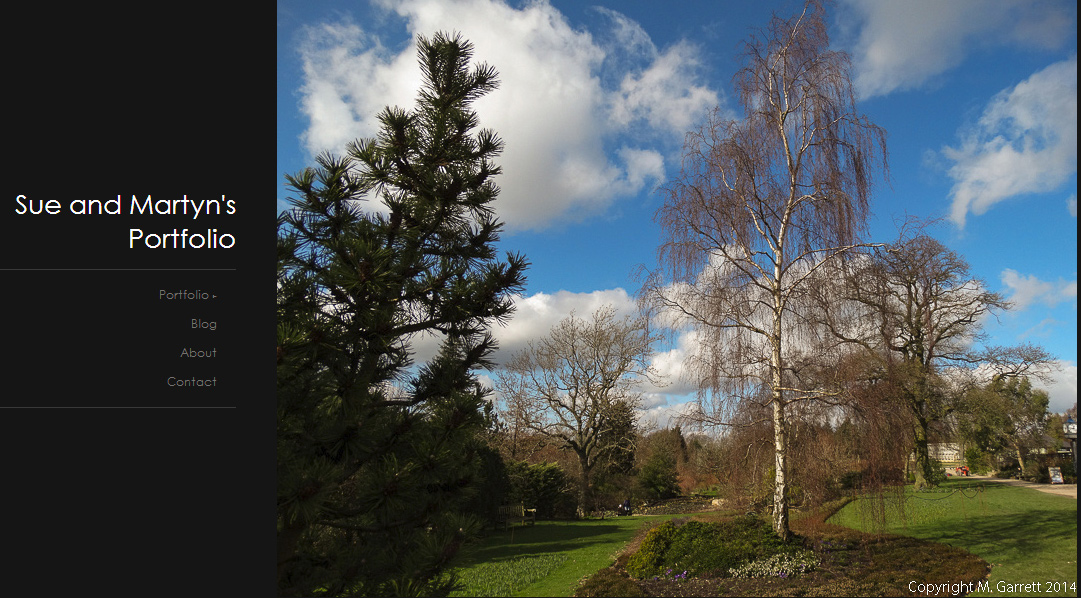Last December we planted a row of new raspberries - described in Martyn's blog here - to replace a row of canes that unexpectedly all died.
We originally had three varieties - late fruiting Glen Magna, mid season Glen Ample and early fruiting Glen Moy. The early variety never really did well for us both in terms of fruit production and cane growth so we decided to replace the canes with just two varieties. We stuck with Glen Ample but decided for a change of late variety and chose Tulameen. (Interestingly both Martyn and I came up with Tulameen independently after researching the varieties on offer).
The new canes have all taken and are growing well. As they had been cut down before shipping and as summer fruiting raspberries grow on wood produced in the previous year we didn't expect any fruit at all this season but we are picking a smattering. The important thing is that they look to be producing some good growth which will hopefully give us fruit next year.
I'll completely cut out the canes that were produced last year after we finish picking our expected meagre supply of berries.
We have two varieties of late autumn fruiting raspberries - All Gold a yellow variety and Joan J. These are fairly old plants that have been producing fruit for a fair number of years. Autumn fruiting varieties produce fruits on new canes but will also produce some earlier fruit on last year's canes. For this reason some people cut out only half the old canes in early spring leaving the rest to fruit before cutting them out completely. We have already picked one or two fruits from bits of old canes that had been accidentally missed when cutting back this year.
This way gardeners get two bites of the raspberry as, in late summer/early autumn, a second crop of fruit is produced on the new canes. Seeing as we grow summer raspberries I prefer to keep things simple and cut all the previous seasons growth to the ground in early spring. I could do it earlier but I think the old canes give a bit of frost protection to the roots. They probably don't need it but I like to play safe. At this point I also tidy up the beds as they become fairly weedy over the year
The new canes soon grow and produce quite a dense thicket of canes which I like to thin out. I take out any spindly weak looking canes and thin out any that are growing very closely together.
I'll completely cut out the canes that were produced last year after we finish picking our expected meagre supply of berries.
We have two varieties of late autumn fruiting raspberries - All Gold a yellow variety and Joan J. These are fairly old plants that have been producing fruit for a fair number of years. Autumn fruiting varieties produce fruits on new canes but will also produce some earlier fruit on last year's canes. For this reason some people cut out only half the old canes in early spring leaving the rest to fruit before cutting them out completely. We have already picked one or two fruits from bits of old canes that had been accidentally missed when cutting back this year.
This way gardeners get two bites of the raspberry as, in late summer/early autumn, a second crop of fruit is produced on the new canes. Seeing as we grow summer raspberries I prefer to keep things simple and cut all the previous seasons growth to the ground in early spring. I could do it earlier but I think the old canes give a bit of frost protection to the roots. They probably don't need it but I like to play safe. At this point I also tidy up the beds as they become fairly weedy over the year
The new canes soon grow and produce quite a dense thicket of canes which I like to thin out. I take out any spindly weak looking canes and thin out any that are growing very closely together.
 |
| All Gold before and after |



















































































